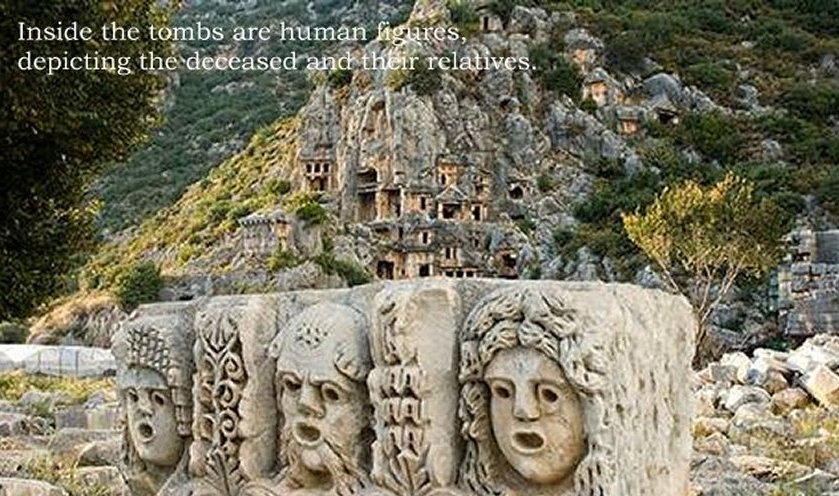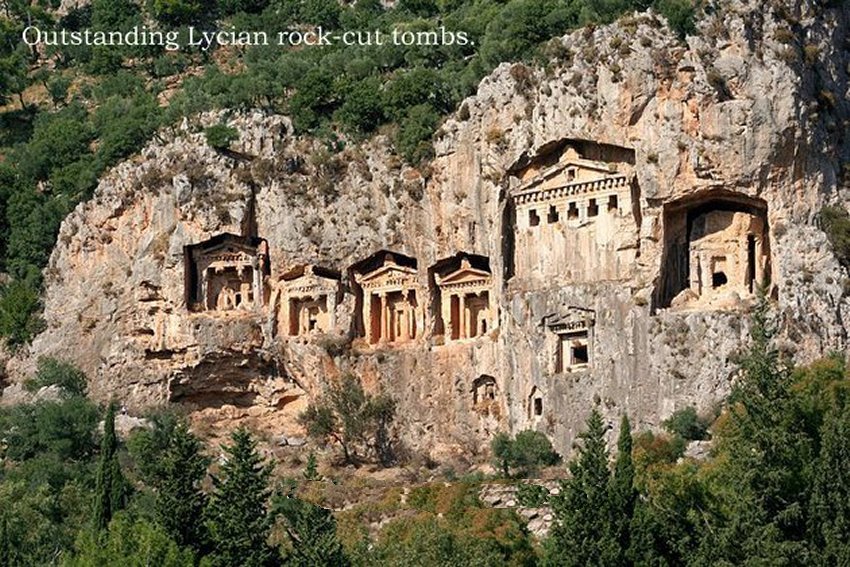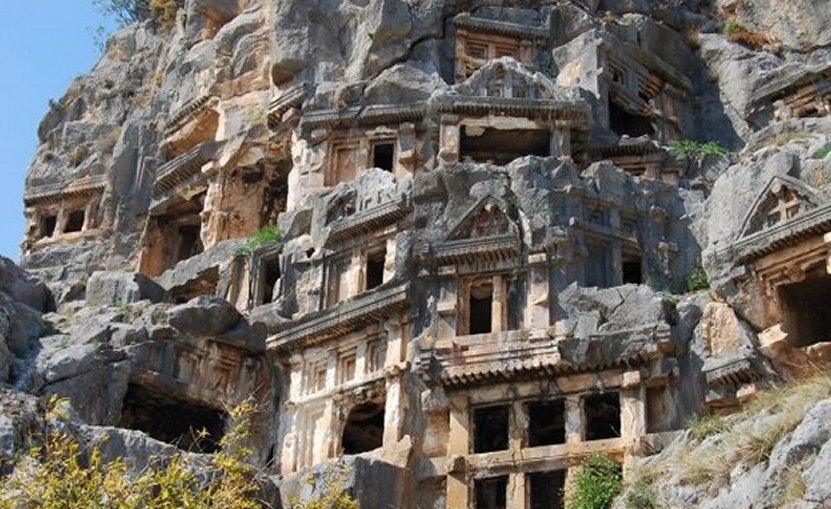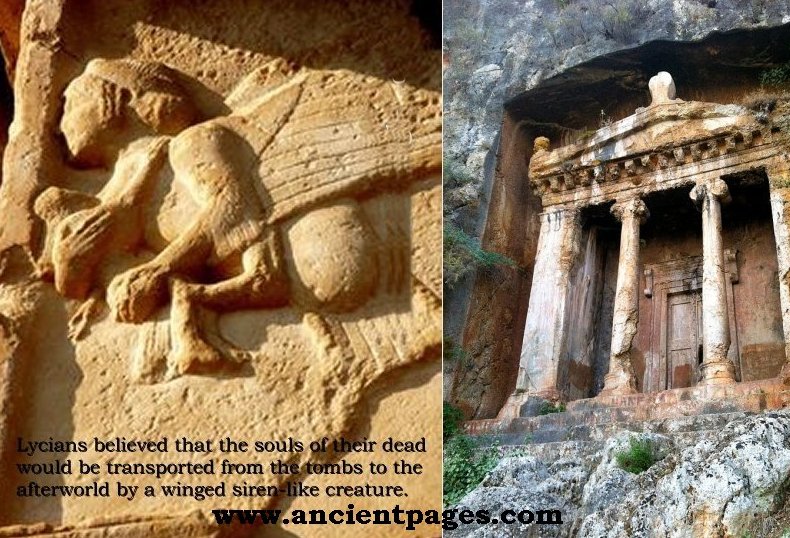Magnificent Ancient Rock-Cut Lycian Tombs Of Myra, Antalya, Turkey
A. Sutherland - AncientPages.com - We have seen on several occasions that our ancestors mastered sophisticated rock-cut architecture creating dwellings, tombs and temples that are truly a wonder of all time.
Ancient monuments of rock-cut architecture are widespread in several regions of the world. The rock-cut tombs of Lycia are one of the finest examples of ancient peoples' ingenuity in the form of outstanding tombs.
Excavations in Myra, an ancient metropolis of the Lycian Union, and the Andriake Port situated in Demre, Antalya, Turkey revealed some of the most important ancient sites of the Lycian Union.
In the ancient town of Myra in the Lycia region of Anatolia, modern-day Turkey there are several spectacular ruins. Among them, we find the magnificent rock-cut tombs of the ancient Lycian necropolis. Two burial sites, the river necropolis, and ocean necropolis, with frontages resembling classical temples, have been hewn from the cliffs located above the town.
The ancient city of Myra was the central city of the Lycian Union and many wealthy inhabitants contributed with money to reconstruct and build new structures.
During the Byzantine era, it was one of the leading cities in terms of religion and administration. Earthquakes and floods led to that Myra began losing its importance in the 7th century and became a village in the 12th century.
The embossed and plain rock tombs are located on both sides of the Roman Theater. Most of the tombs appear like large houses from a distance, while some are in the shape of a temple. The tombs show the Lycians' use of wooden house architecture.
Inside the tombs are human figures, depicting the deceased and their relatives. There are two different types of Lycian rock tombs. One of them has a simple chamber cut into the rock face like a room and the others are far more elaborate temple-like rock tomb carvings.
The rock tombs are the final resting places for the ancient kings of Kaunos and were carved into the limestone rock.
The Lycians believed that the souls of their dead would be transported from the tombs to the afterworld by a winged siren-like creature. This belief was the reason why they placed their tombs along the coast or at the top of cliffs when they were not integrated into the populated areas of the cities.
Rock tombs in Lycia had become common in 1000 AD and represent many different traditions of burying the dead in Anatolia. Usually, they contained several bodies and many tombs had several stone couches inside upon which gifts were left and the dead were laid, often families.
The entrance was sealed with a sliding stone door that ran sideways along a groove. Elaborate carvings are not a simple decoration but rather depict specific features of the deceased and the main events of the period. These were certainly the tombs that belonged to wealthy people of Lycia.
See also:
Mysterious Lost Kingdom Of Urartu And Its Enigmatic History
Lothal – ‘City of Dead’ – One Of The Most Prominent Ancient Places In Danger To Be Forgotten
There are rock tombs located in 47 different areas in Turkey and they follow the burial tradition widespread once among the Urartians.
Rock-cut tombs can be found in many different places and definitely not only in Turkey. These marvelous tombs have been found in other places in the Mediterranean, in the Palestinian and Nabatean area, Cyrenaica, eastern Anatolian Urartu, in Saudi Arabian Hegra and in Egyptian Beni Hassan, in the Kurdish border area between Iran and Iraq and in the surroundings of Persian Persepolis,
However, these places all have one thing in common: they were built in landscapes with deep ravines and steep cliffs.
Written by – A. Sutherland AncientPages.com Staff Writer
Copyright © AncientPages.com All rights reserved. This material may not be published, broadcast, rewritten or redistributed in whole or part without the express written permission of AncientPages.com
More From Ancient Pages
-
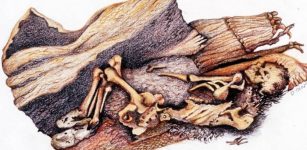 DNA Study Of Controversial Ancient North American Mummies, Including The Spirit Cave Mummy Opens An Extraordinary Chapter In Human History
Archaeology | Nov 15, 2018
DNA Study Of Controversial Ancient North American Mummies, Including The Spirit Cave Mummy Opens An Extraordinary Chapter In Human History
Archaeology | Nov 15, 2018 -
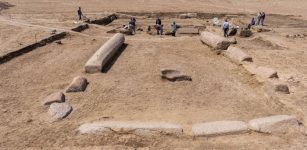 Ancient Temple Dedicated To God Zeus Discovered In Sinai, Egypt
Archaeology | Apr 26, 2022
Ancient Temple Dedicated To God Zeus Discovered In Sinai, Egypt
Archaeology | Apr 26, 2022 -
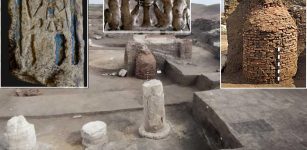 Remains Of Colonnaded Hall Of 26th Dynasty Found At Ancient Buto Temple, Northern Nile Delta
Archaeology | Nov 18, 2022
Remains Of Colonnaded Hall Of 26th Dynasty Found At Ancient Buto Temple, Northern Nile Delta
Archaeology | Nov 18, 2022 -
 The Caesar Cipher: Ancient And Simple Yet Effective Cipher Used By Julius Caesar
Ancient History Facts | May 30, 2018
The Caesar Cipher: Ancient And Simple Yet Effective Cipher Used By Julius Caesar
Ancient History Facts | May 30, 2018 -
 LIDAR Discovers Lost Ancient Cities Older Than Any Known Complex Amazonian Society
Archaeology | Jan 12, 2024
LIDAR Discovers Lost Ancient Cities Older Than Any Known Complex Amazonian Society
Archaeology | Jan 12, 2024 -
 On This Day In History: American Astronomer Edwin Hubble Announced Existence Of Other Galaxies – On Dec 30, 1924
News | Dec 30, 2016
On This Day In History: American Astronomer Edwin Hubble Announced Existence Of Other Galaxies – On Dec 30, 1924
News | Dec 30, 2016 -
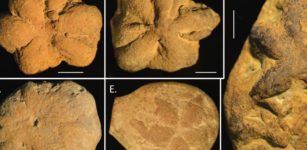 Mysterious Ancient Star-Shaped ‘Fossil’ Baffles Scientists – What Is It?
Archaeology | Feb 27, 2023
Mysterious Ancient Star-Shaped ‘Fossil’ Baffles Scientists – What Is It?
Archaeology | Feb 27, 2023 -
 Olympe De Gouges – First French Feminist Challenged Maximilien de Robespierre And The Jacobins
Featured Stories | Nov 12, 2018
Olympe De Gouges – First French Feminist Challenged Maximilien de Robespierre And The Jacobins
Featured Stories | Nov 12, 2018 -
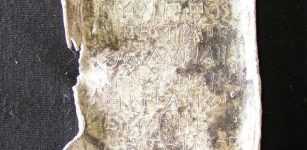 Curse Tablets With Messages To The Gods Of The Underworld Found In 2,500-Year-Old Well
Archaeology | Feb 7, 2020
Curse Tablets With Messages To The Gods Of The Underworld Found In 2,500-Year-Old Well
Archaeology | Feb 7, 2020 -
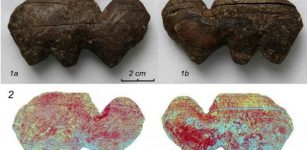 Ancient Mammoth Ivory Carving Technology Of Master Craftsmen – Reconstructed
Archaeology | Aug 27, 2020
Ancient Mammoth Ivory Carving Technology Of Master Craftsmen – Reconstructed
Archaeology | Aug 27, 2020 -
 Ancient Native Americans’ Encounter With The Star People – An Otherworldly Rescue?
Featured Stories | Jul 20, 2021
Ancient Native Americans’ Encounter With The Star People – An Otherworldly Rescue?
Featured Stories | Jul 20, 2021 -
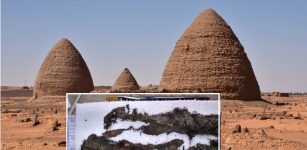 People Of Old Dongola Recycled And Dyed Clothes
Archaeology | Jan 24, 2024
People Of Old Dongola Recycled And Dyed Clothes
Archaeology | Jan 24, 2024 -
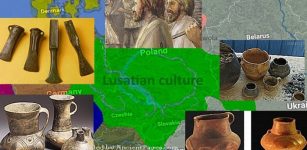 3,000-Year-Old Settlement Of Lusatian Culture Unearthed On Outskirts Of Warsaw, Poland
Archaeology | Sep 14, 2020
3,000-Year-Old Settlement Of Lusatian Culture Unearthed On Outskirts Of Warsaw, Poland
Archaeology | Sep 14, 2020 -
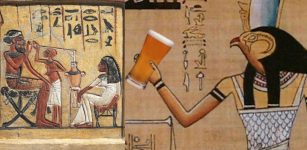 Beer Was Used As Medicine And Payment In Ancient Egypt
Ancient History Facts | Feb 11, 2018
Beer Was Used As Medicine And Payment In Ancient Egypt
Ancient History Facts | Feb 11, 2018 -
 Ancient DNA Yields Surprising Findings On World’s Earliest Seafarers
Archaeology | Jun 30, 2022
Ancient DNA Yields Surprising Findings On World’s Earliest Seafarers
Archaeology | Jun 30, 2022 -
 Gigantic Bird Ziz Is One Of Participants At Messianic Banquet At The End Of Days In Jewish Folklore
Featured Stories | May 8, 2020
Gigantic Bird Ziz Is One Of Participants At Messianic Banquet At The End Of Days In Jewish Folklore
Featured Stories | May 8, 2020 -
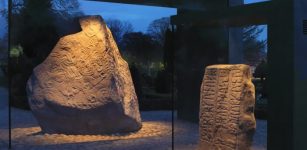 3D Scans Of Runestones Reveal The Power Of Viking Queen Thyra
Archaeology | Oct 13, 2023
3D Scans Of Runestones Reveal The Power Of Viking Queen Thyra
Archaeology | Oct 13, 2023 -
 Ivan The Terrible: Military Arsenal Unearthed Near Moscow
Archaeology | Jan 2, 2016
Ivan The Terrible: Military Arsenal Unearthed Near Moscow
Archaeology | Jan 2, 2016 -
 Queen Mavia And The Tanukhids Launched A Massive Revolt Against Romans – But Why?
Featured Stories | Mar 18, 2023
Queen Mavia And The Tanukhids Launched A Massive Revolt Against Romans – But Why?
Featured Stories | Mar 18, 2023 -
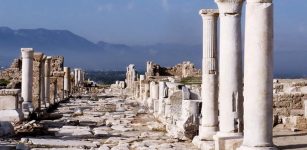 1,900-year-old ‘water law’ unearthed in Laodicea
Civilizations | Aug 26, 2015
1,900-year-old ‘water law’ unearthed in Laodicea
Civilizations | Aug 26, 2015

